Tiny UNESCO Town of Trogir, Croatia Will Leave You Spellbound
Croatia is, in a word (or two,) Simply Fantastic! It’s an incredible country worth all the kudos that have been bandied about since travel writers finally got hip to this Eastern European country and declared Croatia as one of the decade’s hottest new travel destinations. I will never forget splendor of Diocletian’s Palace in Split, and don’t even get me started on the excitement of walking the city walls in Dubrovnik, or slurping down the world’s best oysters in Ston. (More stories about my visit to follow.)
But there was just something magical about the living museum town of Trogir that keeps haunting me.
As you meander through the twisted alleyways of the 2800-year-old market town, past faded palaces, majestic castles, an imposing fortress and ancient stone homes, all half-shrouded by the mist lifting off the sea, you’ll swear you’ve been magically transported back in time.
Surrounded by the sparkling sea and encased in15th century stone walls this walking town is actually an island connected to the mainland by an old stone bridge. Nicknamed “The Stone Beauty,” Trogir’s Romanesque-Gothic complex, the best preserved in Central Europe, prompted UNESCO to add the entire town to its World Heritage List in 1997.
Minimum Must Sees:
The Town Museum, located in the old part of the Garagnin – Fanfogna palace, is the perfect start for your voyage through Trogir’s rich history.
Then stroll over to the Cathedral of St. Lawrence, a 13th century masterpiece. The main portal was elaborately carved by Master Radovan. Note the nude figurines of Adam and Eve, the first in Dalmatian sculpture, located on either side of the entranceway.
Don’t miss the Kamerlengo Fortress, an imposing Venitian defense citadel, where a climb to the top of the walls nets you picture perfect views of the sea and village. The castle’s interior courtyard is now a favorite site for summer concerts and events.
The Farmers Market offers one-stop shopping for the finest fish, meat and produce. Everything sparkled with freshness and was either caught, picked or cooked mere moments before. I stopped at farmer Katrina’s booth, where she proudly offered me a sample of the first-of-the-season cherries. She was one of the few English speaking farmers and was very sweet about answering all my produce questions. 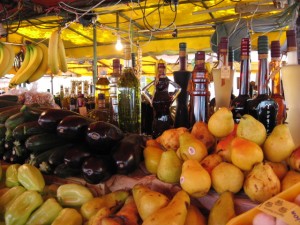
Many vendors sell homemade fruit (fig, cherry, pear) or herbal brandy, slivovitz, and port. Paukovic, a tall, charming booze salesman confided in me that even though “his woman makes it and he just sells it” he guarantees that his drinks are the best and proudly pointed to the bottles labeled with the words “By Authority.” After a few tastings I heartily concurred.
There are more historical monuments worth visiting, however, to really take in the essence of Trogir, it’s important to sit and relax at one the numerous cafes, such as Fontana’s, and simply watch the world go by. This town really comes alive at night, where vendors line the Riva (waterfront promenade) selling everything from fragrant lavender oil collected from the nearby hills to landscape paintings made by a multitude of local artists. A variety of free outdoor entertainment with mimes, fire twirlers, and acapella singers all vie for your attention.
Where to Stay:
I stopped to check out ”Konoba Pašike” when I walked by this charming outdoor restaurant and noticed the waitress wearing a traditional costume. The menu listed many interesting “Typical Trogir Specialties” such as Pasticada with Gnocci-beef and vegetables cooked in vinegar and dried plums, and Stara Popara- cuttlefish, octopus, and calamari cooked in red wine and black cuttlefish ink. While I was salivating over the luscious looking food at a nearby table, I was cordially greeted by a young woman, Marija Buble. She patiently described all the various dishes to me and when I commented on the unique preparations she told me that the recipes “came from the dust”- from many generations ago. Marija said that the restaurant has been in business for 26 years and but they just recently opened a small hotel in back. It had been the Buble family home for the last 500 years. The dwelling was long overdue for some expensive repair work so it was either sell the property or turn it into the Hotel Pašike, which thankfully was the winning decision. Now, Papa is the “big manager,” Mama is the Chef, her brother handles the website, and Marija just works on everything. “It is very hard work, but I love it,” she said to me with a very big yawn. “There is nothing I would rather do and I hope my children feel the same.”
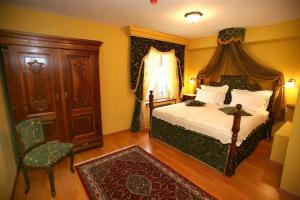 I fell in love with the atmospheric 8- room inn. Every room is uniquely decorated with family antiques handed down through generations yet outfitted with modern bathrooms, air-condition, and Internet connection. The rafiole, a local pastry left on your pillow for sweet dreams and the decanter of homemade rakija, the complimentary airport transport or parking are just a few of their many hospitable touches. A honeymoon couple, staying in Blue Room #3, momentarily coming out of their blissful state, described the hotel as “having incredible soul.”
I fell in love with the atmospheric 8- room inn. Every room is uniquely decorated with family antiques handed down through generations yet outfitted with modern bathrooms, air-condition, and Internet connection. The rafiole, a local pastry left on your pillow for sweet dreams and the decanter of homemade rakija, the complimentary airport transport or parking are just a few of their many hospitable touches. A honeymoon couple, staying in Blue Room #3, momentarily coming out of their blissful state, described the hotel as “having incredible soul.”
Where to Eat:
The grilled seafood platter we shared at the casual outdoor garden of Café Monika was a culinary work of art. The platter was about 2 ft. long and arrived overflowing with scampi, mussel, eel, squid, sardine, sea bass, and scorpion fish that tasted like they had been swimming in the pristine Adriatic only minutes earlier. We had sides of farm fresh spinach, fava beans, and swiss chard mashed with potatoes. Out of curiosity, we ordered “hot chutney salad’’ and were surprised to be handed a dish of spicy red pepper sauce that provided a zippy accent. Dalmatian Pošip, a pleasant southern white wine, paired beautifully with the seafood.
The Perfect Guide:
Ante Batarelo is a superb guide who covers the whole Dalmatian region. He’s an independent who has worked with the most demanding high-end tour companies. Usually my eyes glaze over after the first 20 minutes of historical background, but Ante’s enthusiasm and humor, peppered with fun tidbits of Croatian trivia, brought it all to life.
email: Antebat72@net.hr
How to get there:
The #37 bus runs about every half hour to Split and takes 30-40 minutes. You might want to consider staying in Trogir, only 5 km from the Split airport, and take day trips to Split and the various coastal islands.
Discover more from Tango Diva
Subscribe to get the latest posts sent to your email.
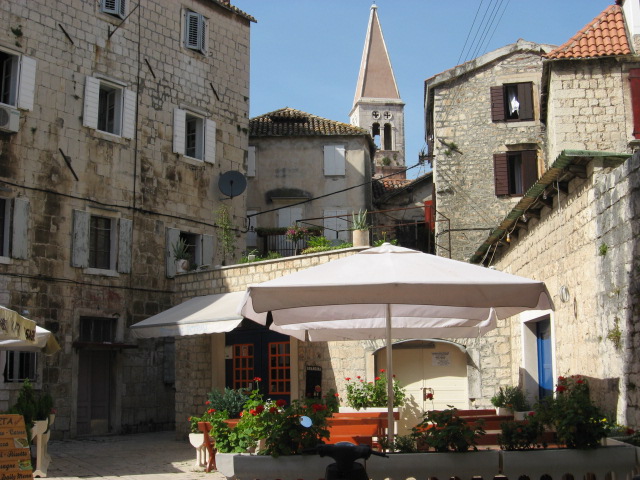
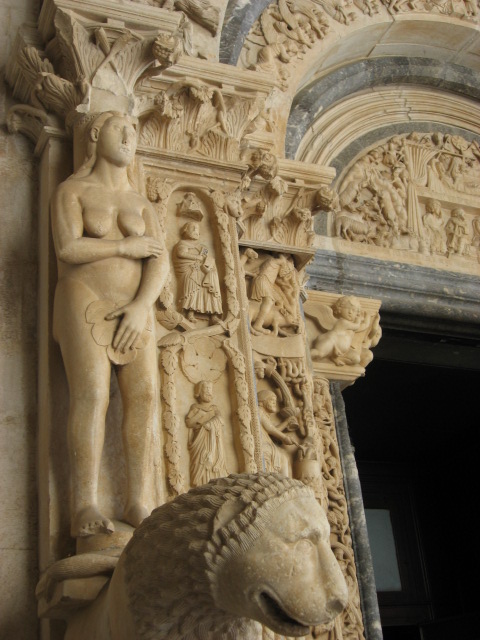
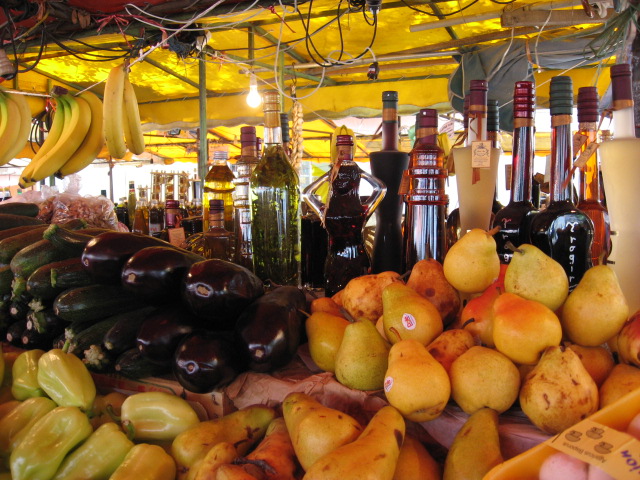
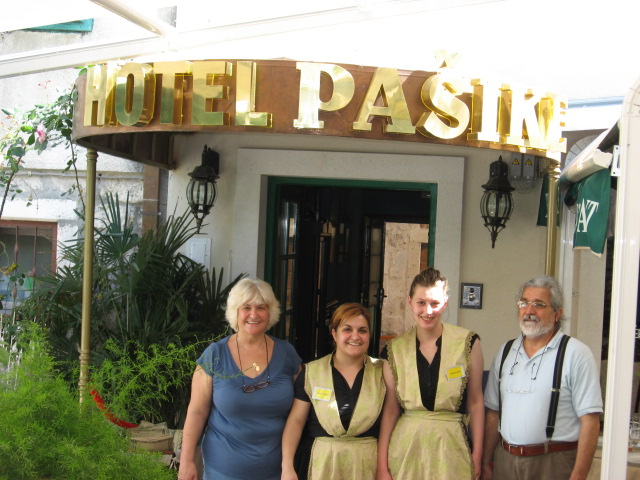
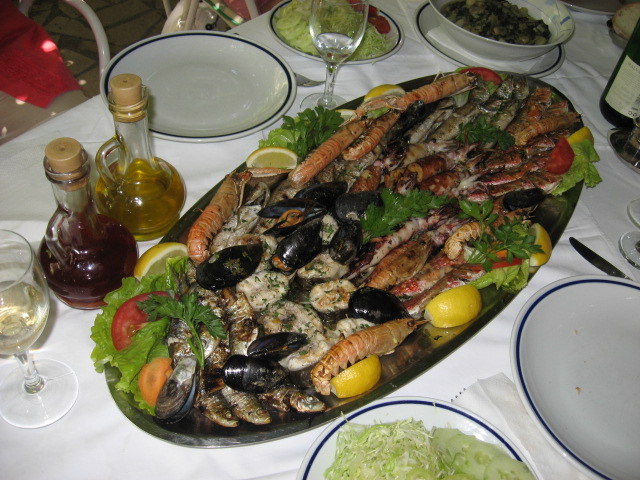
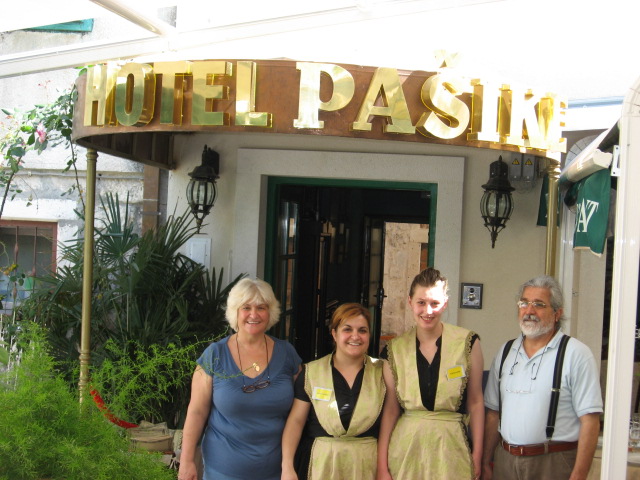

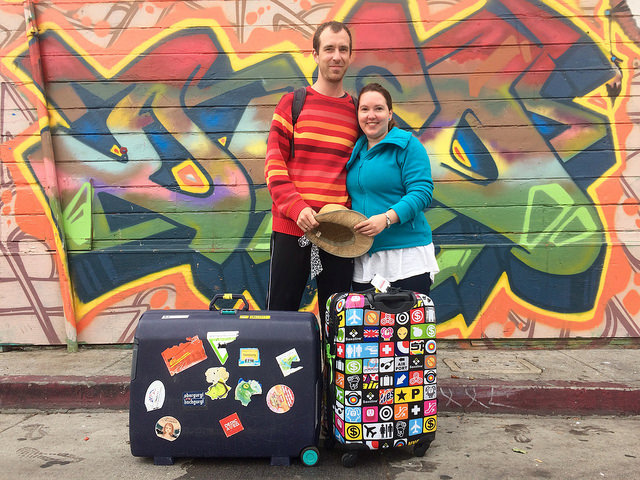
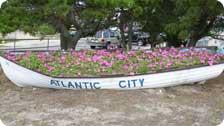



Very good review of Trogir. I just want to thank you for promoting my beautiful country. All best!